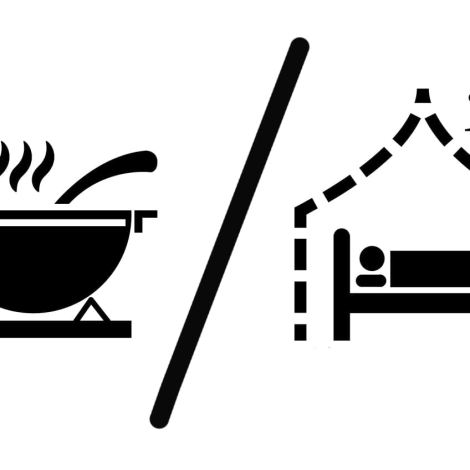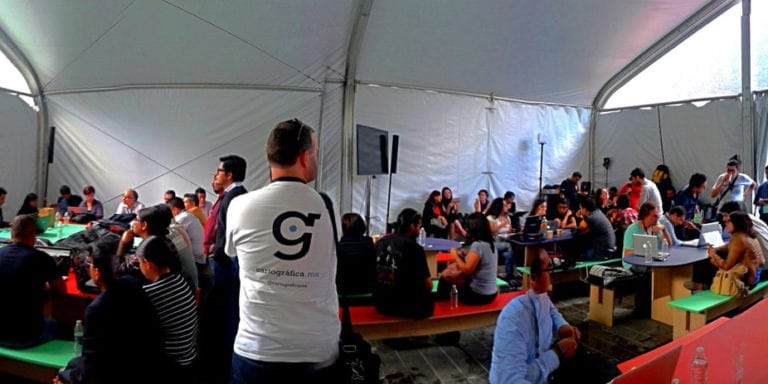Cathy Leslie heads Engineers Without Borders USA and has overseen engineering projects in the United States and abroad for 20 years. She has a practiced eye for what works and what doesn’t. She sees the big picture – infrastructure is important – and the details – providing communities with clean-burning cookstoves can lead to a termite invasion.
This is what she had to say about the state of development work now and how Engineering for Change can help.
E4C: What makes a project work?
CL: If you look around at the landscape of projects, it’s the education and the training that keep them sustainable for the long term. Just like things need maintenance here, projects need maintenance overseas. But the infrastructure may not be in place to do that.
E4C: How do you propose putting it in place?
CL: It’s all about working with the communicommty and ensuring that what you’re doing is what they need and what they want. That’s what E4C is all about. It’s about bringing people together to talk about things that work – and, importantly, things that don’t work – to leverage all of our collective resources.
E4C: How do you see EWB-USA fitting into that?
CL: We would like to start a cross-disciplinary dialogue with others working in the same areas, so that we can all share information and know about what works, what doesn’t work, what’s available and who’s had what success.
We frequently get to countries and find out that there’s already somebody there doing the same thing. Because information is not very easily shared, it’s hard to know who’s doing what and where. The E4C platform will make that much easier.
E4C: Is there an example?
CL: There are a lot of water projects in the world. EWB, Rotary, Charity: Water, and other people. It’s not really cost efficient for everybody to go to every country. With more information, we could partner, rather than duplicate.
Another common example is cook-stove projects: Basically, when you put on a chimney or increase the efficiency of fuel burning, it tends to reduce indoor air-pollution issues. The next thing that happens is that mosquitoes and termites move in. If you knew that there was a malarial bed-net program in that community, you could work together and deal with the consequences of one technology creating another problem.
E4C: What are the problems that you usually address in emerging economies?
CL: At EWB-USA, the majority of projects start on a water basis, whether it’s access to water or the quality of it. More than half of our projects fit there. When water is in place, then the needs evolve rapidly into alternative energy, followed by things like structures, bridges, schools. I would say access to water, clean water, good sanitation and energy are the top four things that we deal with.
Keep in mind that we’re in these communities for multiple years. In one community program that spans five years plus, we do a series of engineering projects.
E4C: What makes a project fail?
CL:The number one thing which contributes to the failure of a project is that the communities themselves aren’t adequately consulted, or a good needs assessment isn’t done. People go in and they think they know what they should do and they don’t put enough into it up front.
It’s not as easy as dropping a pump in. Yes, they may need a well, but who decides where the well goes? What equipment goes in the well? Who’s going to maintain the well? That all needs to be done by the community.
E4C: Anything else?
CL: EWB-USA is pretty excited that platform like E4C is going to come online because we see it as a great collaborative tool, an information tool, and an education tool, and we’re excited to see that.


